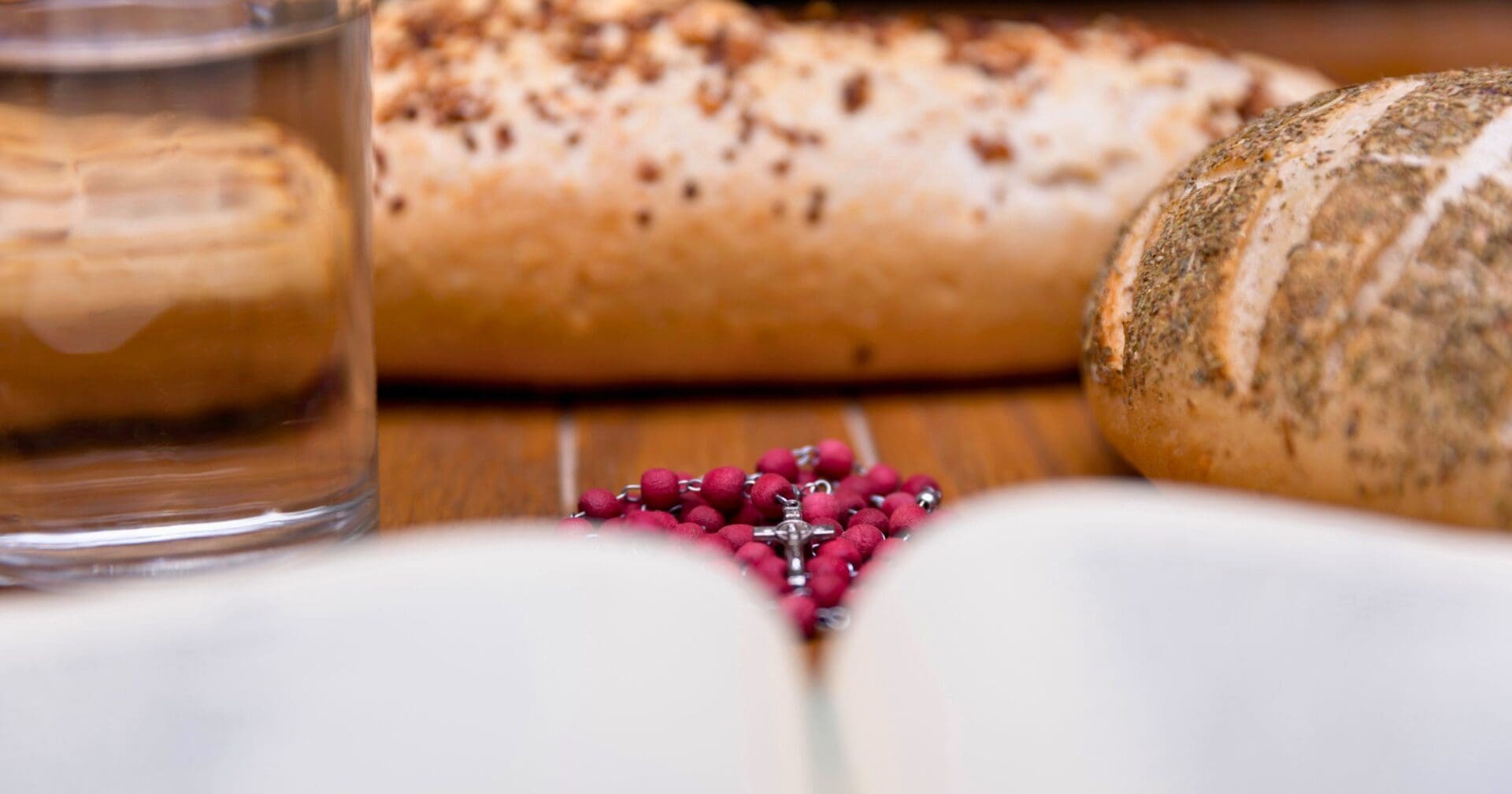In the Middle Ages, ascetical practices between men and women differed. Typically, holy men experienced suffering through physical punishment, voluntary poverty, and celibacy while women experienced suffering through voluntary fasting in imitation of Christ’s torments in His Passion. Some of these women practiced more intense fasting, known as anorexia mirabilis.
From the Latin meaning “miraculously inspired loss of appetite,” anorexia mirabilis is also known as asinedia prodigiosa meaning “great starvation,” or holy anorexia. It’s practitioners felt “hunger for God,” “inebriation” from the Blood, and that they sat at the “delicious banquet of God” despite their fasting.
Many would notoriously refuse all food except for the Eucharist, symbolizing their devotion to God and Jesus and demonstrating the separation of body and spirit. They believed that the body existing without nourishment demonstrated how much more important the spirit was.
Read below some notable cases of saints who practiced anorexia mirabilis:
- Saint Marie of Oignies
Born 1177, died 1213, she went to great lengths to cause herself physical pain, wanting to suffer as Jesus Christ had. She deprived herself of sleep and, when she did eat, which was very little, she favored bread so stale that it would cause her gums to bleed. She additionally made the choices to live in poverty despite being from a wealthy family and abstain from sex despite being married. She died at the age of 36 after a long period of only eating consecrated Hosts. - Saint Wilgefortis of Portugal
Saint Wilgefortis was a Portuguese infanta who took a vow of virginity and fasted to avoid a marriage to the King of Sicily arranged by her father. She prayed to be made ugly, to which she sprouted a beard and mustache. She was ultimately crucified by her father after her new appearance ended the engagement. - Saint Catherine of Siena
Born 1347, died 1380, she was known to fast for long periods of time and, towards the end of her life the only food she consumed was a consecrated Host as part of the daily Eucharist. She defied orders from her religious superiors to eat, claiming she was too ill to do so, and in the month before she died, at the age of 33, she lost the use of her legs and her ability to swallow. In addition to restricting her food intake, Catherine was known to drink the pus from the ulcers of the poor. - Columba of Rieti
Born 1467, died 1501, she bears a number of similarities to that of Catherine of Siena: she avoided an arranged marriage and towards the end of her life, ate only the daily Eucharist, dying at the age of 34. She was especially known for wearing sackcloth and sleeping on thorns.
Photo credit: Jesus Cervantes / Shutterstock.com















Lori Champman, Make 6150 bucks every month… Start doing online computer-based work through our website. I have been working from home for 4 years now and I love it. I don’t have a boss standing over my shoulder and I make my own hours. The tips below are very informative and anyone currently working from home or planning to in the future could use this website…… Details Here
I’m really disappointed at this headline and in this article. As a campus minister, I’ll think twice about using your site in the future.
[…] Official was Director in London Property Broker’s Company – Ed Condon at C. Nws Agncy When Medieval Catholic Saints Would Practice ‘Holy Anorexia – Billy Ryan at uCatholic Yale-Educated Lesbian Catholic: ‘Ewww! Weirdos!’ – Rod […]
They may be saints, but I wouldn’t call them examples. I believe God wants us to be healthy, as His Son – who ate and drank unlike John the Baptist – was during his earthly life.